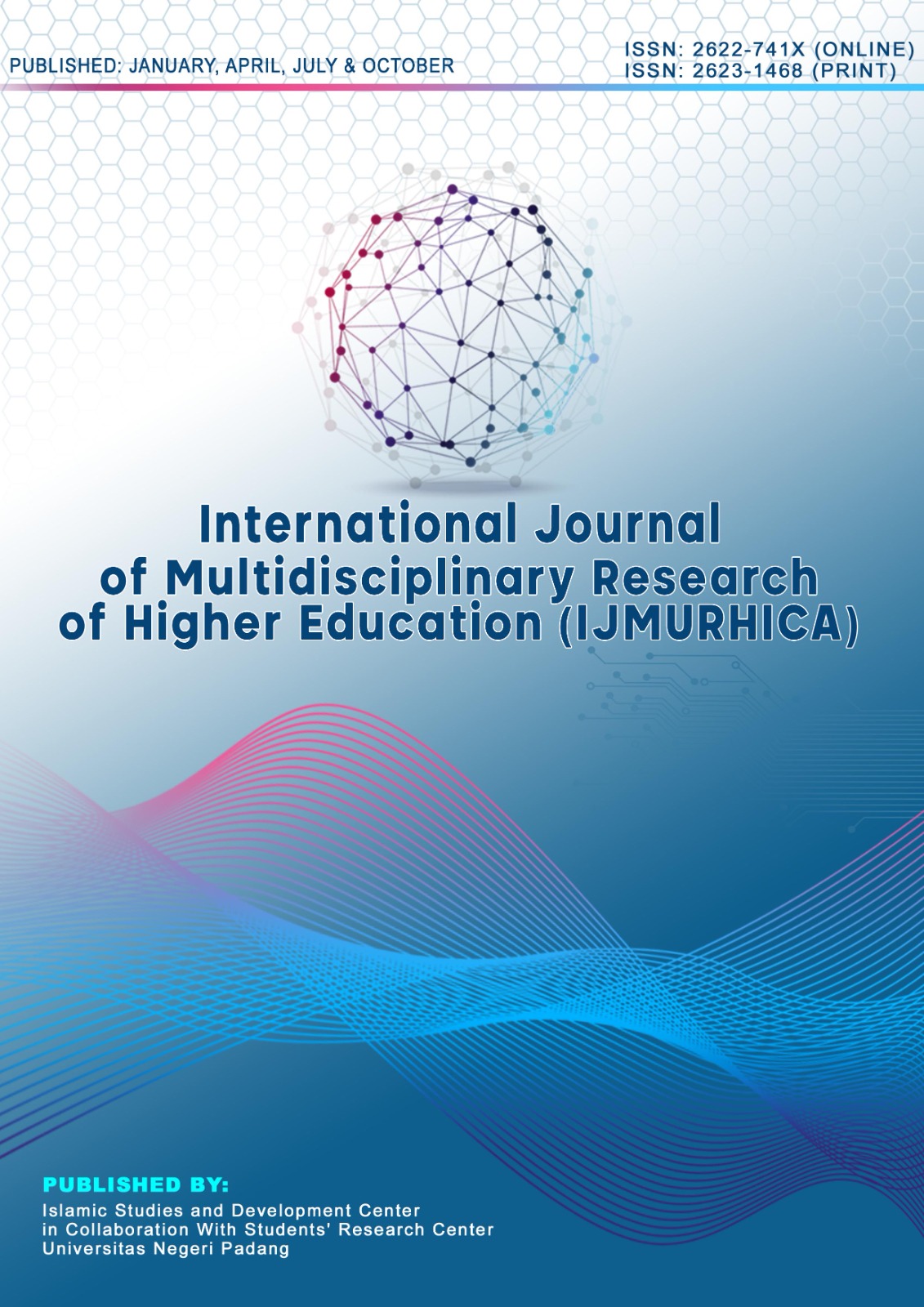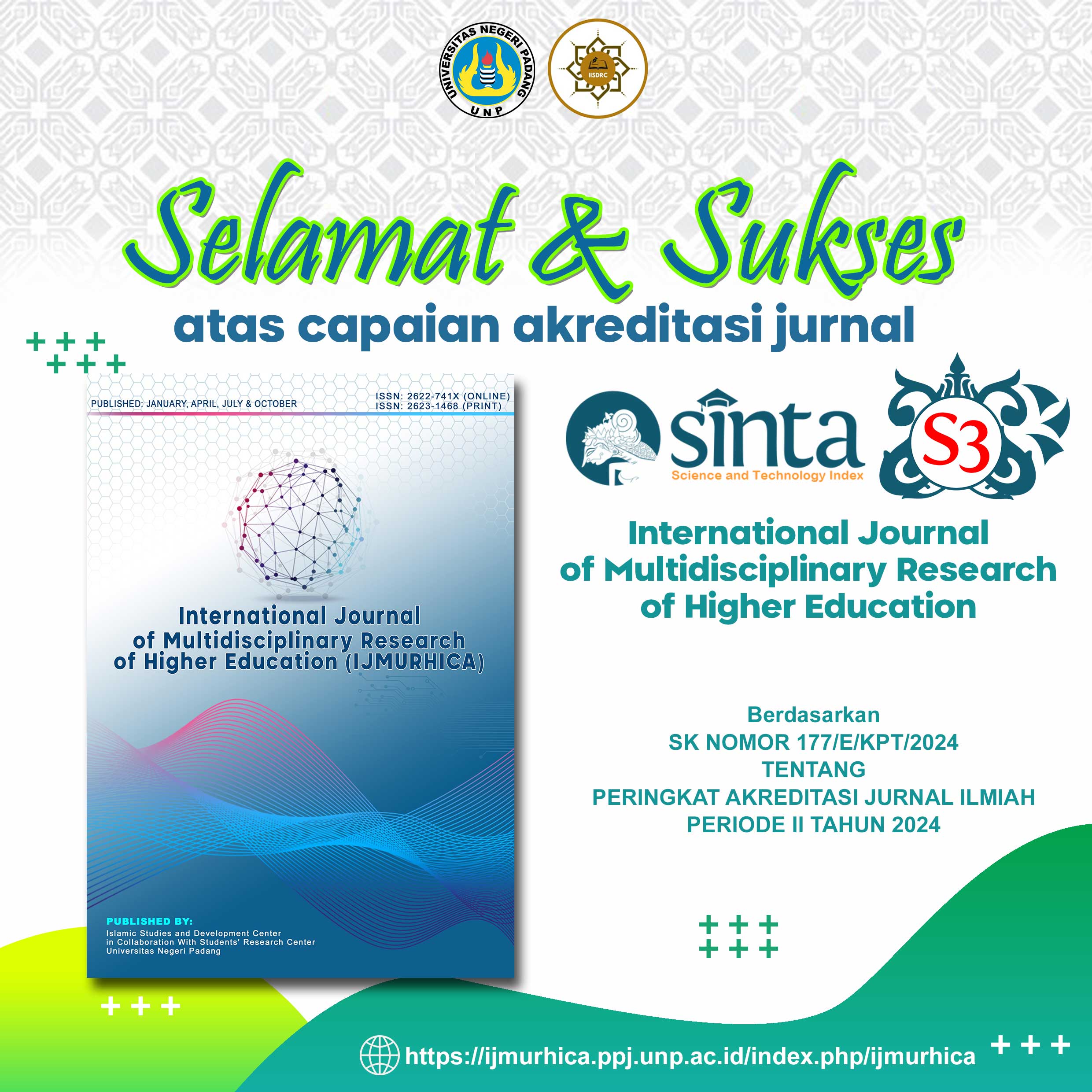Smart Librarians: Transformational Leadership Strategies in Improving School Literacy Programs
DOI:
https://doi.org/10.24036/ijmurhica.v8i3.376Keywords:
Librarian leadership, school literacy, smaring likes to read, library ambassadorsAbstract
The success of a school literacy program is not only determined by the availability of learning resources, but also by the librarian's transformational leadership strategy in inspiring, motivating and building a sustainable literacy culture. This study aims to interpret the leadership strategies of school librarians in improving a more effective literacy culture and can be a reference for other schools. This research uses a qualitative method with a case study type. By conducting document analysis to collect supporting data using Milles and Huberman's analysis technique. The results prove that the librarian's transformational leadership strategy in improving the school literacy program in one of the high schools in Indonesia is with the Smaring program likes to read, Library Ambassadors and a hybrid system that combines print and digital media through platforms. This research explores in depth that a smart librarian, applying transformational leadership has significant benefits in developing a culture of literacy in the school environment. It is not just a library manager but an agent of change who is able to inspire, motivate and guide the school community. Thus, it can provide a literacy strategy that can be adopted by schools in Indonesia or even around the world.
Downloads
Downloads
Published
How to Cite
Issue
Section
License
Copyright (c) 2025 Kuni Usisatil Fiqhiyah, Nur Mualina, Durotun Nisa

This work is licensed under a Creative Commons Attribution-ShareAlike 4.0 International License.






